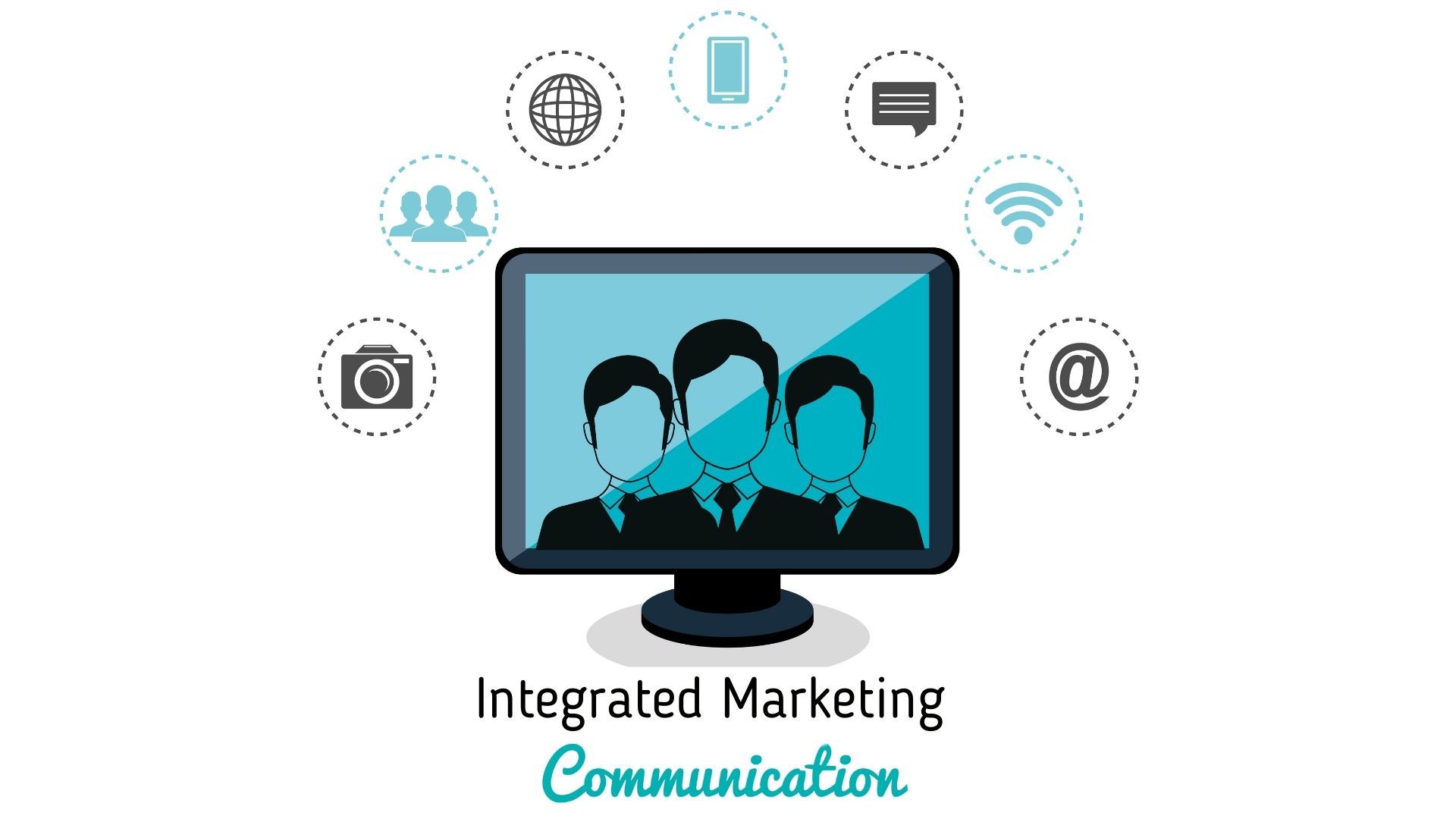Product Development Process - Developing New Market Offerings
Product Development Process - Developing New Market Offerings
Companies first find the target market than segment and then customers. After these companies go about developing products, which may be product modification or it may be a completely new product. Product offerings are increasing every year as consumers are looking for more and more variety of products. Companies which are unable to churn out new products fall back on competition and suffer the consequences. Companies face danger not just from competitors but consumer needs, technology, and product life cycle. New product development has its share of challenges. Research shows that 95 percent of new products fail in USA and in Europe failure rate is 90 percent.
Organizational set up has to be conducive to support new product development. Foremost companies must allocate funds for research and development, the conventional way is the percent of sales technique. Others chose to allow employees dedicate a certain amount of work time on new product development. Companies next have to organize the process of development. This can be done by product managers with new product development experience or by cross functional team with members chosen from various departments having the knack of developing new products.
Nowadays, companies are following stage process for product development.
- The 1st stage is idea generation that is the search for new products. Companies pay a particular focus on customer needs and demands to decide on the new product. Idea generation can also be done by studying competitor’s product. Companies try to learn why competitor’s product ticks with consumer or what more customers want from that product. Companies also look at top management for idea generation. For example, Steve Jobs of Apple is known to participate actively in an idea generation. Research groups comprising of scientist, patent holders, colleges and universities also serve as the base for idea generation.
- The 2nd stage is idea screening. Not all new ideas proposed can be converted into products. Companies list ideas into three categories promising ideas, marginal ideas and rejects. Promising ideas are further process by screening committee to be ready for the next stage. Screening should avoid the error where good ideas are dropped due to bias towards the idea generator. Another commonly occurring error is encouragement to a commercially unviable idea. Therefore, extra precautions are necessary during the screening process.
- The 3rd stage begins when ideas move into the development process. Here a product idea is converted into several product concepts. Out of several product concepts, the one which looks fit is then placed against competitors to finalize marketing and positioning strategy. Product concept is introduced to a focus group of customer in a form of proto-type to understand their reaction.
- The 4th stage involves developing of marketing strategy for new product. The marketing strategy involves evaluation of market size, product demand, growth potential, profit estimate in first few years. Further marketing strategy plan is developed with the launch of product, selection of distribution channel and budgetary requirements for the 1st year.
- The 5th stage involves the development of the business model around the new product. Business models start with estimation of sales, frequency of purchase, and nature of business. Next estimation of cost and expense involve in production and distribution of new product. In that basis profit estimations are reached. Discounted cash flow and other methods are used to understand feasibility of new product.
- The 6th stage involves the actual production of new product. Here more than one possible product are created, from proto-type to finalized products are produced. Decisions are taken from operation point of view whether is technically and commercially feasible to continue production. If analysis is showing cost not within the estimate then project is abandoned.
- The 7th stage involves market testing of new product. The new product is ready with brand name, packaging, price to capture space in consumer’s mind.
- The 8th stage involves launching of product across target market backed by a proper marketing and strategy plan. This stage is called commercialization phase.
Introduction of new product is part of survival technique for any firm. And with very high failure rate companies have to follow a scientific process to create new market offerings.










